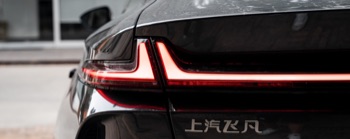Configuration is not always everything
Everyone is discussing configuration, but many people overlook the quality of the hardware products behind the configuration, which has a close relationship with the suppliers. Therefore, when most people choose and buy a car, they are easily drawn into the “configuration table” fallacy. They open their browsers, visit car websites, pick a few car models and compare them, feature by feature, based on a configuration table. “Hey, they all have automatic braking systems. Oh, they all have 11 radars. Great, they all have big screens,” you know the drill. After all these comparisons, they make a purchasing decision. The fact is that the driving experience of cars with similar configurations can be very different. This is because they have fallen into the “configuration table” fallacy.
The fundamental reasons are twofold: First, the supplier solutions for each functional configuration are different, and second, each car manufacturer’s optimization and calibration level is different. Today, I will use the hardware supplier table released by the FEIFAN R7 to explain to you why the same configuration can have different effects.
4D millimeter-wave radar: FEIFAN R7 is the first mass-produced car in China equipped with this hardware. Speaking of millimeter-wave radar, it is not strange for many of us. Many car manufacturers are also using it. However, on the configuration tables, the description is often “millimeter-wave” radar, which is too general. The advantage of FEIFAN’s 4D radar is its ability to perceive distance, speed, horizontal angle, and vertical angle. Therefore, the R7 can perceive the modeled scene stereoscopically, especially the recognition of the vertical angle, which scans the height of objects and returns a more stable feedback to the auxiliary driving, leading to a much wider recognition accuracy.
Luminar LiDAR: LiDAR is also an old king in the configuration table. All three models of WEY have it. But the one on top of the R7 uses 1550nm lasers, which have a much longer detection distance than the mass-produced 900nm laser. Therefore, there is more redundancy in data detection and processing, which improves the efficiency of road recognition ahead.
Full Fusion algorithm: You know, every new energy car manufacturer must mention this function when releasing a new car, even for the most basic L2 level auxiliary driving. They have to break down LCC into a pile of professional terms. It’s rather fun. Compared with the mainstream solutions of front fusion or rear fusion, the full fusion on the FEIFAN R7 has greatly improved efficiency. With the assistance of the 4D radar and the high computational power of the Orin X chip, the judgment and processing of road information can be faster, which is worth mentioning. Currently, only SAIC self-owned research and development are using it in the industry.Actually, there are many examples. For instance, many manufacturers use OLED screens, but R7 adopts BOE AMOLED and two costly Mini-LEDs, which cannot be reflected by the configuration table as it only shows “yes” or “no” but not “good” or “bad”. Therefore, this is also a crucial point. While other manufacturers are still focusing on configurations, RisingAuto has already been focusing on the “quality” of configurations. As consumers, this is undoubtedly a good thing for us.
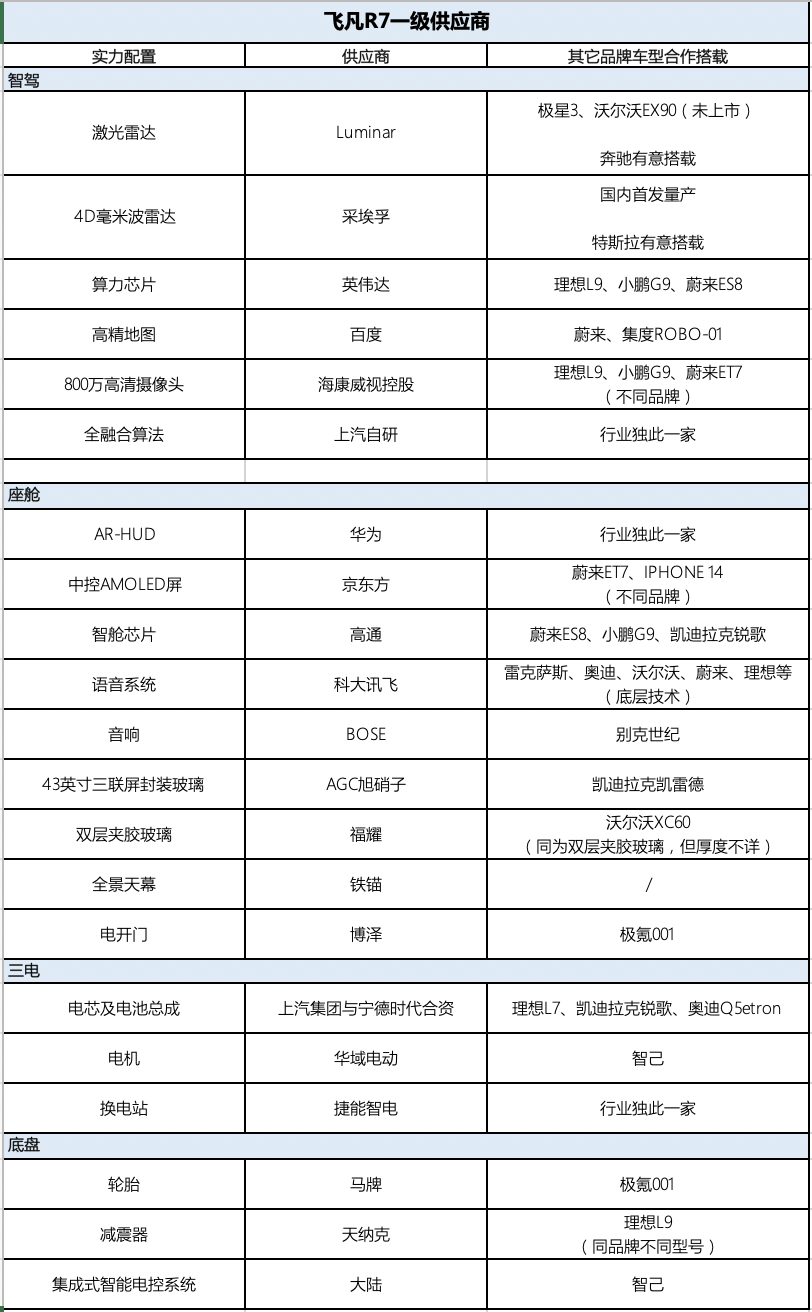
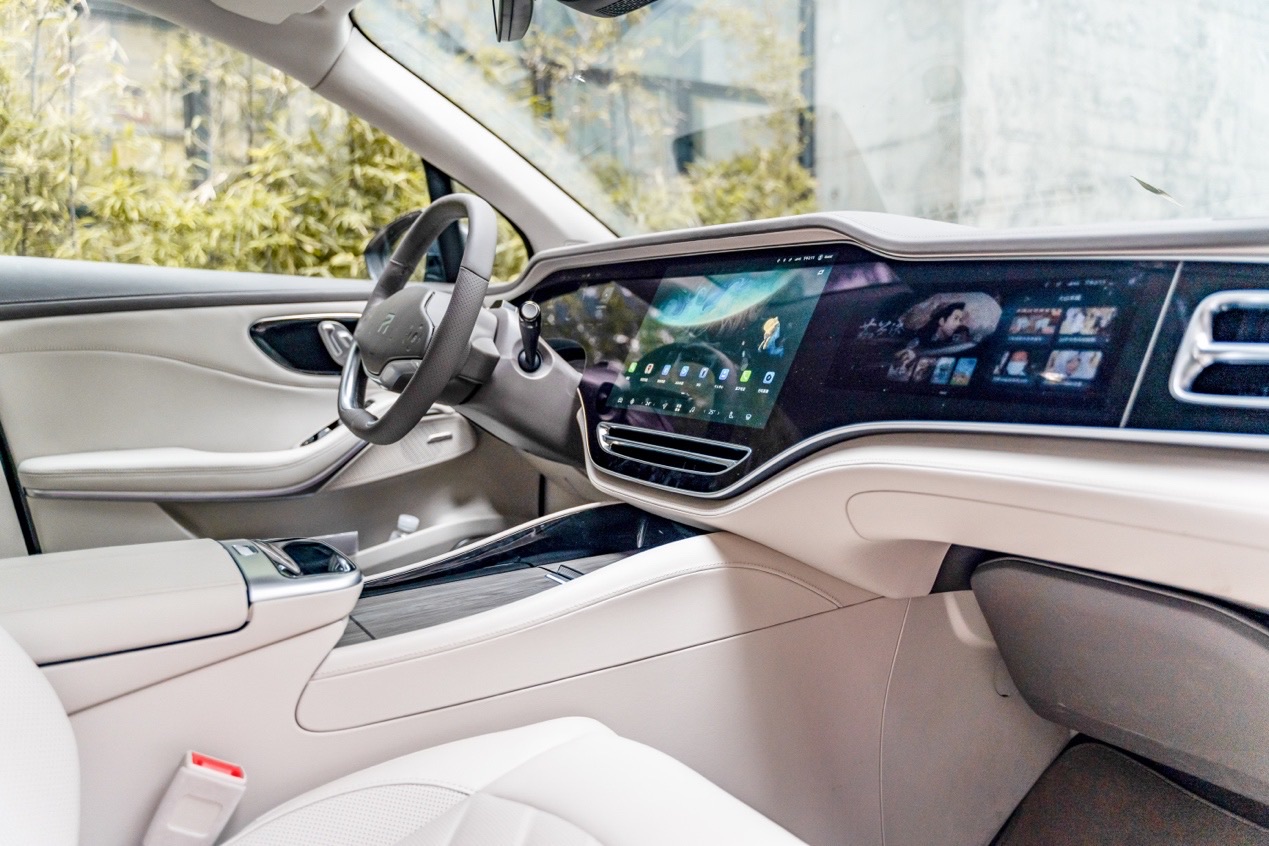
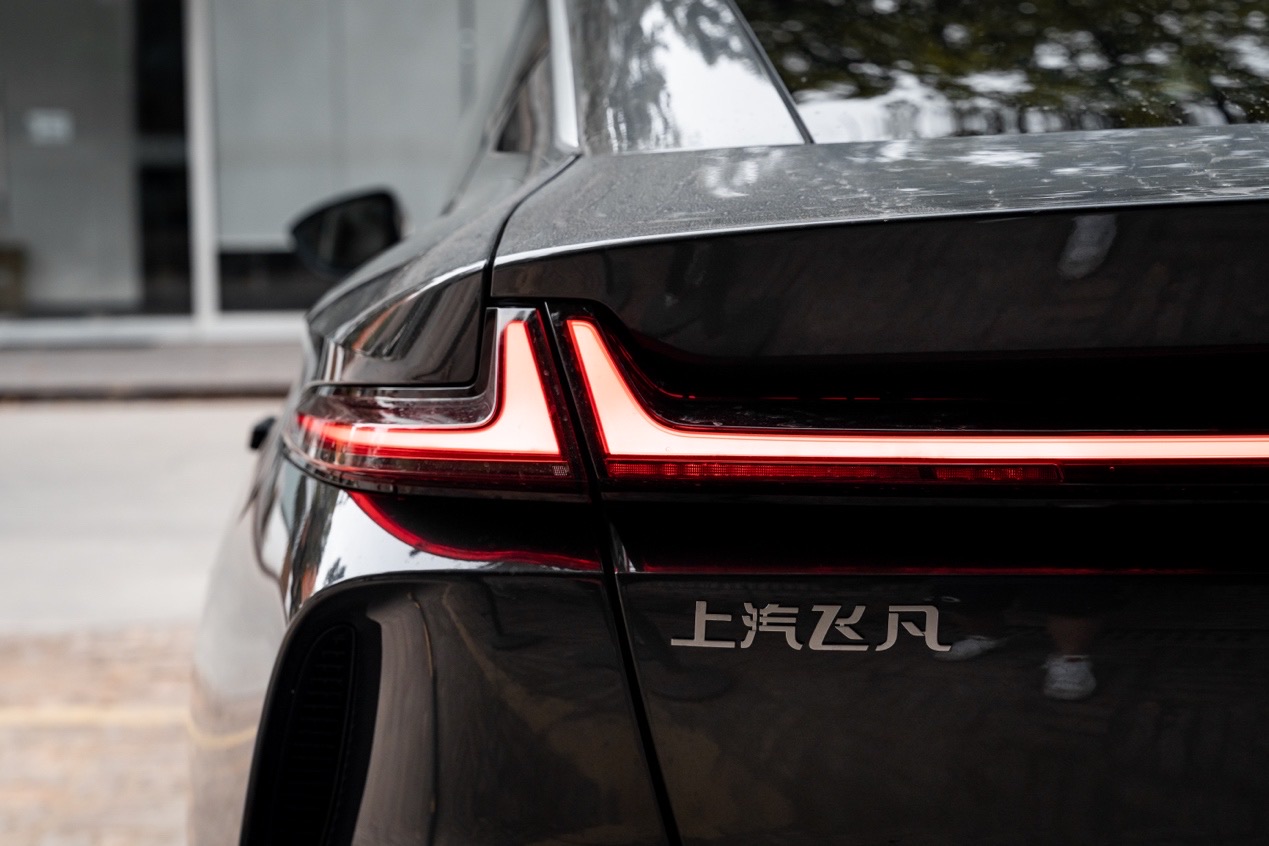
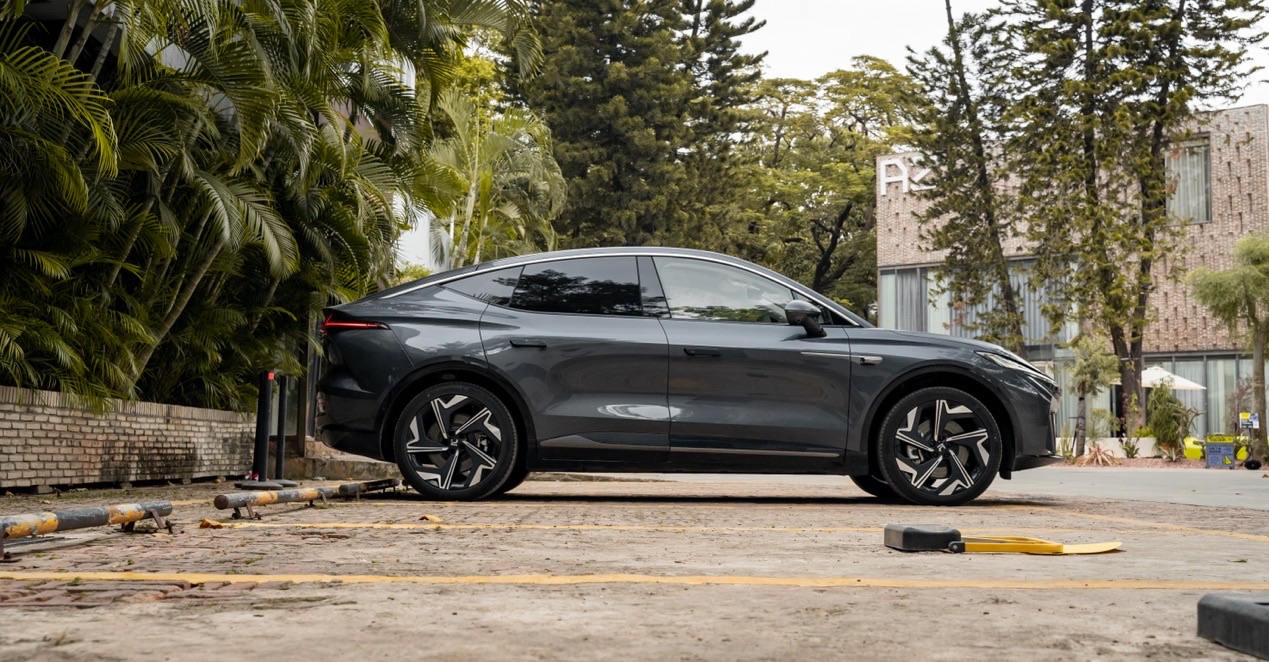
This article is a translation by ChatGPT of a Chinese report from 42HOW. If you have any questions about it, please email bd@42how.com.
